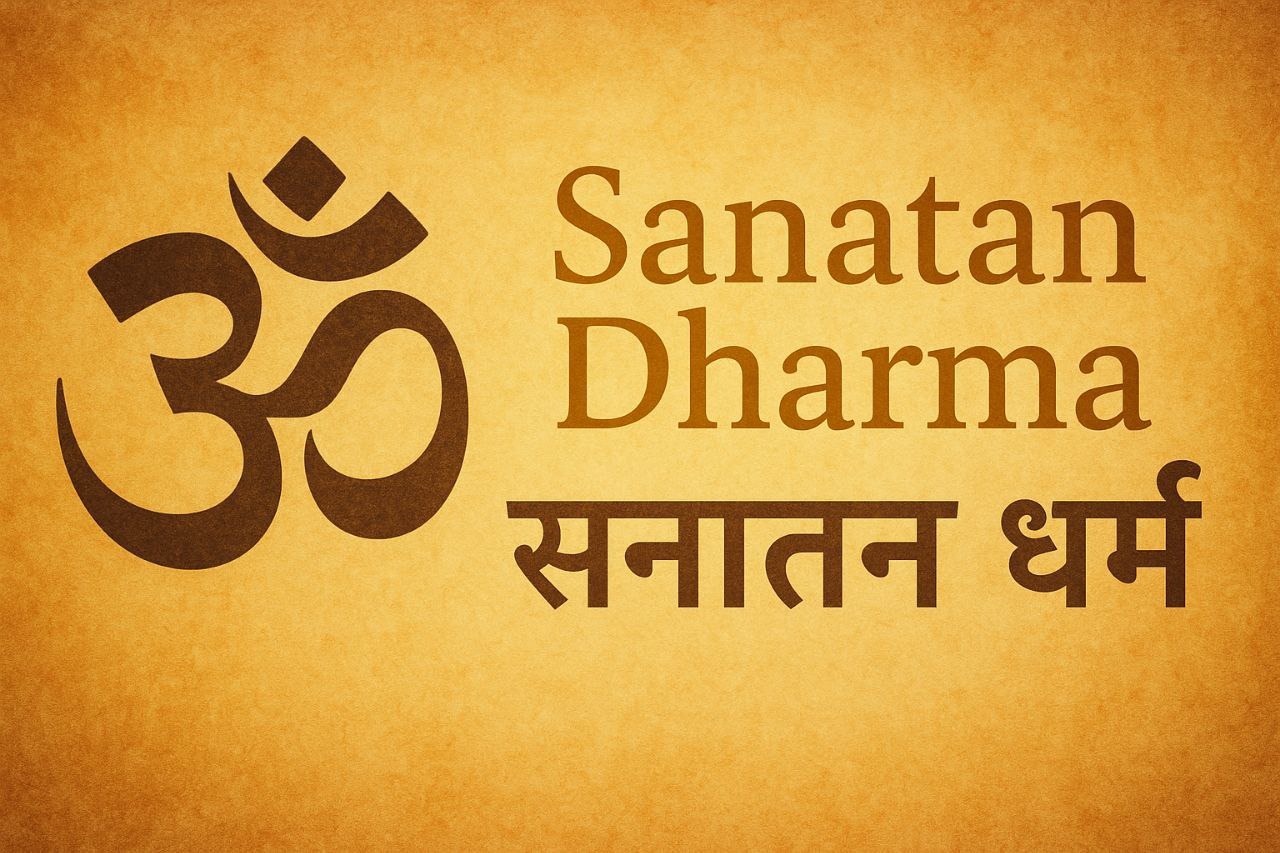Nāṭarāja ~ Cosmic Dance of Śiva

In the heart of Indian spiritual symbolism lies a figure of divine grace and cosmic power ~ Nāṭarāja, the “King of Dancers,” a majestic form of Lord Śiva. This depiction is not just art; it is a metaphysical statement, a fusion of science, spirituality, philosophy, and cosmology. The dance of Nāṭarāja is the dance of creation, preservation, and dissolution ~ the eternal rhythm of the universe.
🔥 The Symbolism of Nāṭarāja
The image of Śiva as Nāṭarāja, most commonly seen in Chidambaram, Tamil Nadu, is layered with meaning:
1. Ananda Tāṇḍava: The dance is called the “Dance of Bliss.” In this form, Śiva is immersed in ānanda (divine joy) while dancing amidst the flames of cosmic transformation.
2. Fire (Agni): In his left hand, Śiva holds fire, representing destruction, not of evil alone, but of illusions, ignorance, and the old self. Fire is purifying.
3. Damaru (Drum): In the right hand, he holds a damaru, the drum of creation. Its beat symbolizes the origin of sound, vibration, and thus creation itself, the Big Bang of Sanātana thought.
4. Abhaya Mudrā: One of his hands shows the abhaya mudrā, “Fear not.” It assures protection and spiritual liberation to the seeker.
5. Gaja-hasta: Another hand points downward towards the raised left foot, which signifies liberation (mokṣa). The downward hand gestures towards grace.
6. Apasmāra: Under his right foot lies the demon of ignorance (Apasmāra), being crushed. This signifies triumph over ego, delusion, and spiritual darkness.
7. The Ring of Fire (Prabhāmaṇḍala): Surrounding the form is a flaming circle, the cycle of saṁsāra (birth, death, rebirth), the ever-spinning cosmic wheel.
🔱 Nāṭarāja: The Dance of Cosmos
The Cāruṇya Upaniṣad and Shaiva Āgamas speak about Śiva's cosmic dance not just as a metaphor, but as a reality of how the universe functions. Even modern scientists like Fritjof Capra, in his book The Tao of Physics, have equated Nāṭarāja's dance with the dance of subatomic particles, a cosmic rhythm of dynamic balance.
This dance encapsulates:
Sṛṣṭi (Creation)
Sthiti (Preservation)
Samhāra (Destruction)
Tirobhāva (Veiling)
Anugraha (Grace or Liberation)
These five acts of Śiva are constant processes of the manifest universe and human consciousness.
🌌 Relevance Today
In today's world of chaos, uncertainty, and rapid transformation, the image of Nāṭarāja reminds us that behind the dance of change lies a divine order. Life, too, moves in spirals ~ birth, struggle, transformation, death, and rebirth. We must learn to dance with it, not resist it.
"To watch Śiva dance is to witness time dissolve and eternity pulse through every moment." ~ Adarsh Singh
🧘 Inner Dance of Awakening
Nāṭarāja isn’t just a symbol outside; he is the cosmic dancer within. His dance urges us to:
Burn away false identities.
Create anew with every breath.
Maintain balance amidst chaos.
Surrender ego at his feet.
Rise in spiritual liberation.
"Within every human heart, Śiva dances; only the awakened hear his footfall." ~ Adarsh Singh
🙏 Chidambaram: The Sacred Stage
The temple of Chidambaram, where Nāṭarāja’s form is worshipped, holds profound significance. It houses the Chidambara Rahasya, the “secret of the ether”, pointing to ākāśa, the space where Śiva eternally dances. Interestingly, the temple’s sanctum is empty, symbolizing the unmanifest Śiva, the formless divine.
Nāṭarāja is not merely a deity but a cosmic principle. His dance is the spiritual blueprint of the universe. To understand Nāṭarāja is to understand the eternal movement of life, death, time, and transcendence.
"When you surrender to the rhythm of existence, Nāṭarāja doesn’t just dance in the cosmos, he dances in you." ~ Adarsh Singh
Fri Jul 25, 2025
